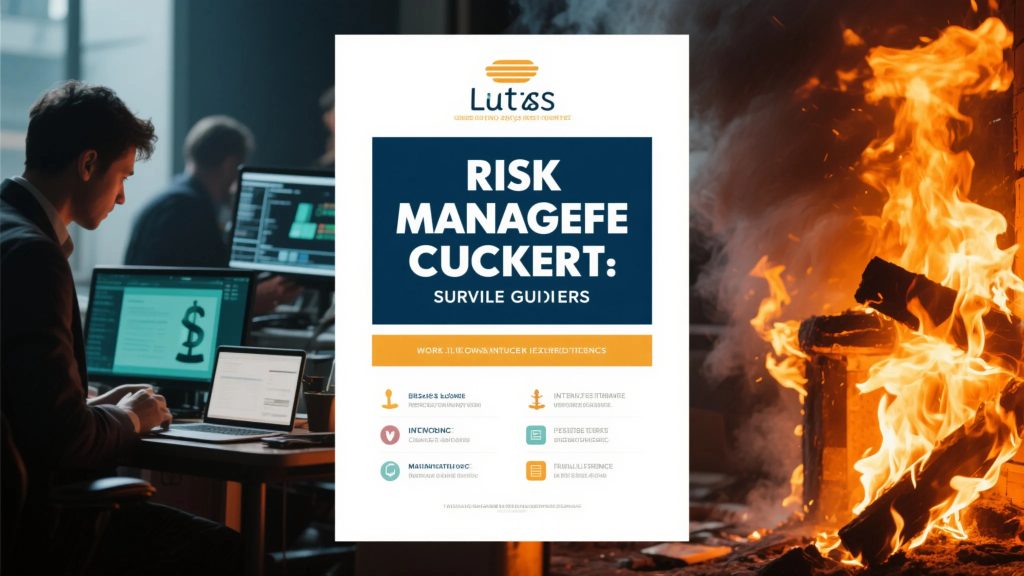
Fire, Lawsuits, and Hackers: A Risk Management Survival Guide
Comprehensive Fire Insurance Coverage
Every business needs robust fire insurance coverage to protect against one of the most common and devastating risks. Standard policies should cover not just structural damage but also business interruption losses, equipment replacement, and data recovery costs. Many businesses underestimate their coverage needs until it’s too late.
When evaluating fire insurance coverage, consider both the replacement cost of physical assets and the potential revenue loss during rebuilding. Special endorsements may be needed for unique risks like flammable inventory or specialized equipment. Regular policy reviews ensure coverage keeps pace with business growth and changing risks.
Lawsuit Protection Strategies That Work
Effective lawsuit protection strategies begin with proper business structuring and asset segregation. Limited liability entities, proper contracts, and clear operational procedures create the first line of defense. Many businesses combine legal structures with insurance products for comprehensive protection.
Implementing lawsuit protection strategies requires understanding your industry’s specific vulnerabilities. Retail businesses face different risks than professional services, requiring tailored approaches. Regular legal audits can identify emerging threats before they become costly lawsuits.
Identity Theft Insurance Essentials
In our digital age, identity theft insurance has become crucial for both individuals and businesses. These policies typically cover financial losses, legal fees, and recovery services when personal or business identities are compromised. The best policies offer proactive monitoring to prevent theft before it occurs.
When selecting identity theft insurance, verify what’s included in restoration services and whether business-related identity theft is covered. Many entrepreneurs need separate policies for personal and business protection. The small premium can prevent catastrophic financial and reputational damage.

Risk Mitigation Strategies for Businesses
Proactive risk mitigation strategies identify potential threats before they materialize. These include safety protocols, employee training, cybersecurity measures, and financial safeguards. A thorough risk assessment should examine operational, financial, legal, and reputational vulnerabilities.
Developing effective risk mitigation strategies requires cross-departmental collaboration to address all potential threats. Many businesses create risk matrices to prioritize mitigation efforts based on potential impact and likelihood. Regular reviews ensure strategies remain effective as the business evolves.
Business Liability Insurance Coverage
Comprehensive business liability insurance serves as the foundation of any risk management program. General liability policies should be supplemented with professional, product, and cyber liability coverage as needed. The right combination protects against claims ranging from customer injuries to data breaches.
When purchasing business liability insurance, work with an agent who understands your industry’s unique risks. Policy limits should reflect your company’s assets and potential exposure. Umbrella policies can provide additional protection above standard liability limits.
Building a Comprehensive Protection Plan
The most secure businesses combine fire insurance coverage with robust lawsuit protection strategies. They add identity theft insurance to their risk mitigation strategies and maintain adequate business liability insurance.
This layered approach addresses threats from multiple angles while providing financial protection when prevention fails. Regular reviews with insurance and legal professionals ensure the plan evolves with changing business needs and emerging risks.
Implementing Your Risk Management Program
Effective risk management requires commitment from leadership and employees at all levels. Start with a thorough risk assessment, then prioritize mitigation efforts based on potential impact. Document all policies and procedures, and conduct regular training to ensure compliance.
By taking these proactive steps, businesses can significantly reduce their vulnerability to fires, lawsuits, hackers, and other common threats. The peace of mind from comprehensive protection allows focus on growth rather than worrying about potential disasters.


